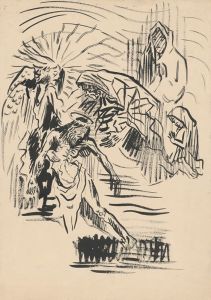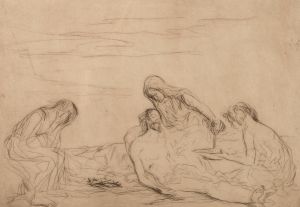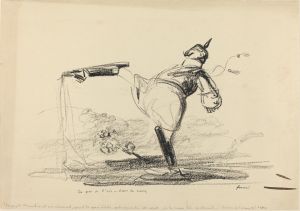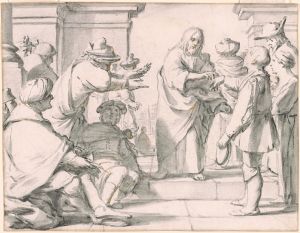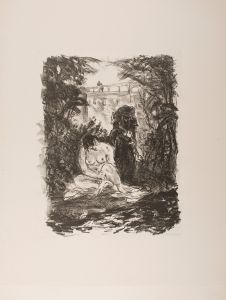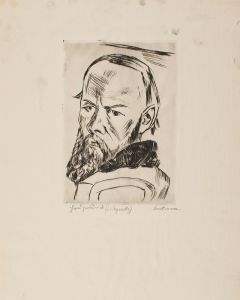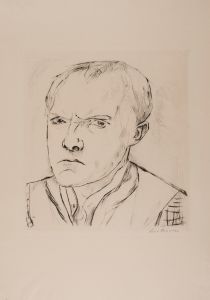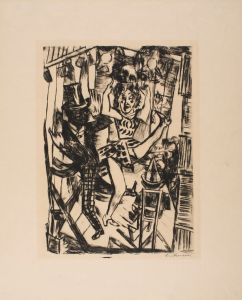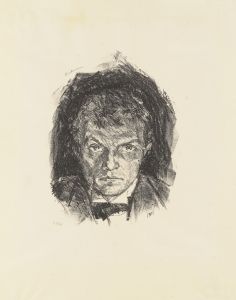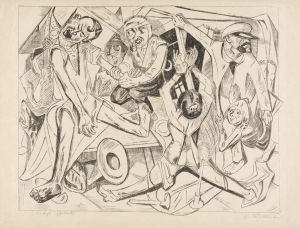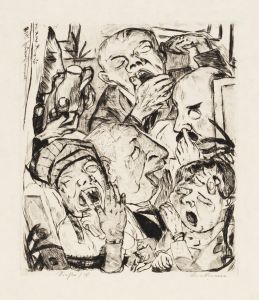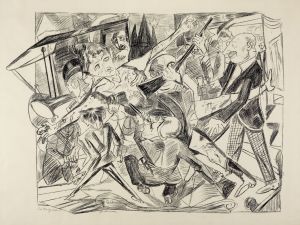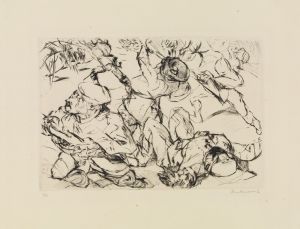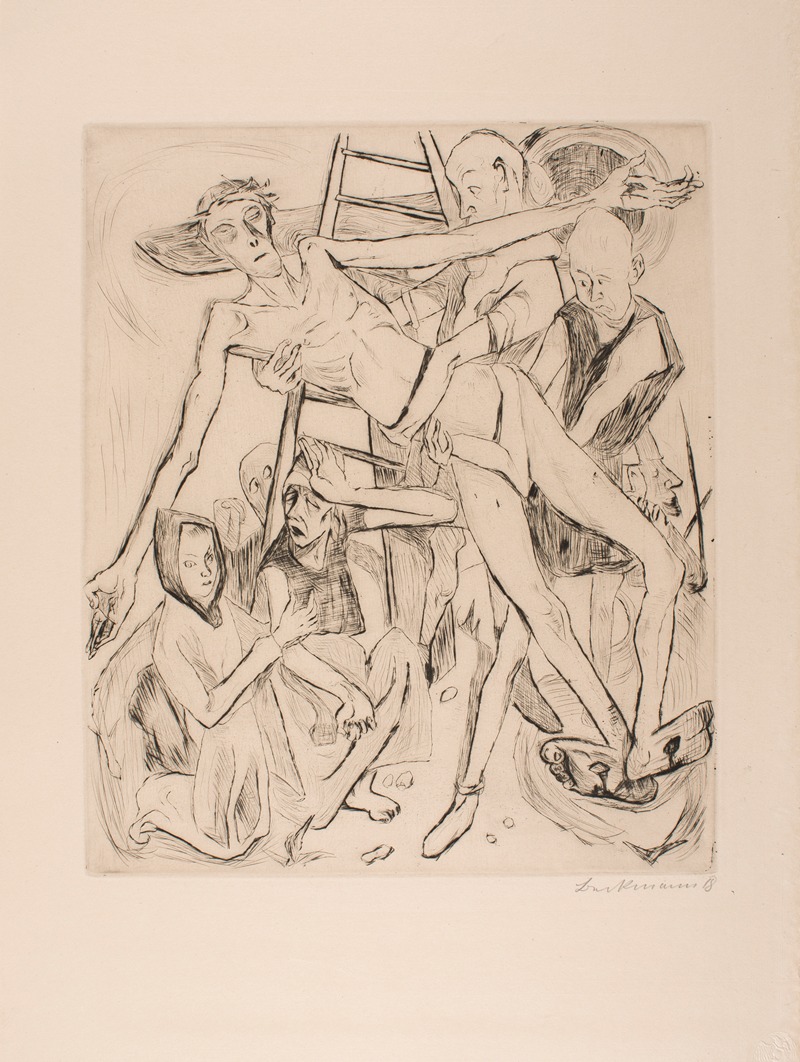
Descent from the Cross, plate 11 from the portfolio ‘Faces’
A hand-painted replica of Max Beckmann’s masterpiece Descent from the Cross, plate 11 from the portfolio ‘Faces’, meticulously crafted by professional artists to capture the true essence of the original. Each piece is created with museum-quality canvas and rare mineral pigments, carefully painted by experienced artists with delicate brushstrokes and rich, layered colors to perfectly recreate the texture of the original artwork. Unlike machine-printed reproductions, this hand-painted version brings the painting to life, infused with the artist’s emotions and skill in every stroke. Whether for personal collection or home decoration, it instantly elevates the artistic atmosphere of any space.
Max Beckmann, a prominent German painter and printmaker, is known for his contributions to the art world during the early 20th century. One of his notable works is "Descent from the Cross," which is plate 11 from the portfolio titled "Faces." This piece is a part of Beckmann's exploration of religious themes, a subject he revisited throughout his career, often infusing it with his unique expressionist style.
Beckmann was born in Leipzig, Germany, in 1884 and became a leading figure in the Expressionist movement, although he himself rejected the label. His work is characterized by bold lines, dramatic compositions, and a deep exploration of human emotion and existential themes. "Descent from the Cross" is no exception, as it reflects his interest in the human condition and the complexities of life and death.
The "Faces" portfolio, created in the early 20th century, is a collection of prints that showcase Beckmann's skill in capturing the essence of human emotion and experience. "Descent from the Cross" is a poignant representation of the biblical scene where Christ is taken down from the cross after his crucifixion. This subject has been a popular theme in Christian art, depicted by many artists throughout history, but Beckmann's interpretation is distinct in its emotional intensity and stylistic execution.
In "Descent from the Cross," Beckmann employs his characteristic use of strong, angular lines and a somewhat distorted perspective to convey the gravity of the scene. The figures in the composition are rendered with a sense of weight and solemnity, emphasizing the sorrow and mourning associated with the event. Beckmann's use of contrast and shadow adds to the dramatic effect, creating a powerful visual impact.
The portfolio "Faces" was produced during a period of significant personal and political turmoil for Beckmann. The aftermath of World War I and the rise of the Nazi regime in Germany had a profound impact on his work. Beckmann's art during this time often reflected his disillusionment with society and his contemplation of human suffering and redemption. "Descent from the Cross" can be seen as a reflection of these themes, as it captures a moment of profound sorrow and reflection.
Max Beckmann's work, including "Descent from the Cross," has been influential in the development of modern art. His ability to convey deep emotion and complex narratives through his unique style has left a lasting legacy. Today, his works are held in high regard and can be found in major museums and collections around the world.
In summary, "Descent from the Cross" is a significant piece within Max Beckmann's body of work, exemplifying his mastery of expression and his engagement with timeless themes of human experience. Through this piece, Beckmann invites viewers to reflect on the universal themes of suffering, sacrifice, and redemption, making it a powerful example of his contribution to modern art.





